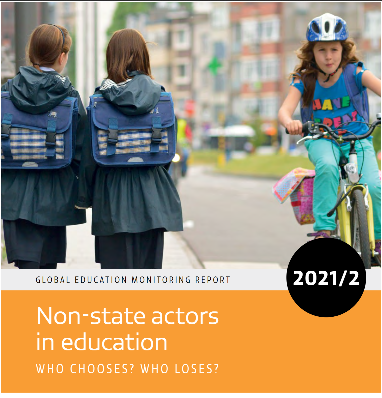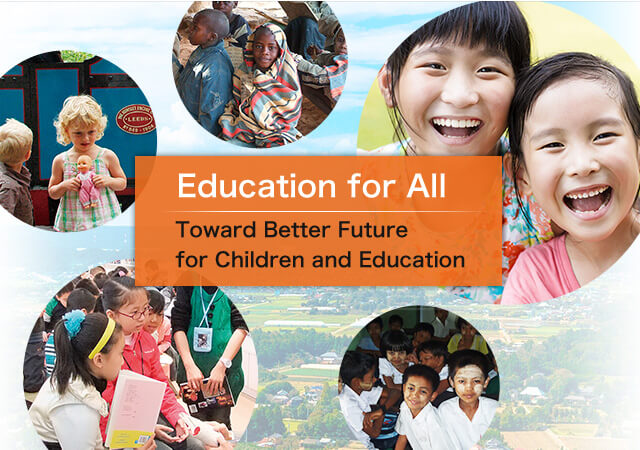- Home
- UNESCO “Global Education Monitoring (GEM)” Reports: To achieve the SDGs
ABOUT JTU
UNESCO “Global Education Monitoring (GEM)” Reports: To achieve the SDGs
2022/06/15

The Global Education Monitoring (GEM) Report marks the 20th Anniversary this year, 2022.
It began in 2002 as the Education for All Global Monitoring Report (GMR) to follow up and review the achievements of the Dakar Framework for Action (2000), which promised that the global community would work together to take the responsibility for education progress. With the adoption of the 2030 Agenda for Sustainable Development, including the Sustainable Development Goals (SDGs), at the 2015 United Nations Summit, it has changed the name into GEM as the mechanism for monitoring and reporting on SDG 4 and targets on education in the other SDGs.
For over two decades, GEM has informed national, regional, and global debates, drawing from the latest quantitative and qualitative evidence, with 17 published reports which have tracked country education development and highlighted critical challenges. The latest report, “Non-Governmental Actors in Education”, published in 2021, showed the following important points:
There is no part of education in which non-state actors are not involved. (Non-state engagement also affects the textbooks they use, the food in their canteens, the additional support they get, the skills they learn and much more.)
Most people support public education. (Almost 9 in 10 think education should primarily be public.)
But such support has gradually eroded in several low- and middle-income countries. (Where public schools had been in short supply and their quality had deteriorated, many families voted with their feet.)
Public education is not free. (Households account for 30% of total education spending globally and 39% in low- and lower-middle-income countries.)
Public education is often not inclusive. (Many public education systems fail to prevent stratification and segregation.)
No one type of provider delivers education of better quality than any other. (Data from 30 low- and middle-income countries show that, once household characteristics are accounted for, the apparent premium from attending private school drops by half to two-thirds.)
Regulatory, monitoring and enforcement capacity tends to be low where the need is high. (Analysis of 211 education systems for the PEER website shows that regulations tend to focus on registration, approval or licensing (98%), teacher certification (93%), infrastructure (80%) and pupil/teacher ratios (74%). Regulations are least likely to focus on quality or equity.)
Non-state actors are even more present in early childhood, technical, tertiary and adult education. (This is sometimes at the expense of equity and quality. The generally higher cost of non-state early childhood and tertiary education means urban elites are over-represented in these institutions.)
Governments need to see all education institutions, students and teachers as part of a single system. (Standards, information, incentives and accountability should help governments protect, respect and fulfil the right to education of all and should prevent them from turning their eyes away from pockets of privilege or exploitation. )
*UNESCO GEM Report https://www.unesco.org/gem-report/en
Japan Teachers’ Union has been working to ensure that all people in the world have a fair access to quality education not only in Japan but all the world. Non-government actors play the roles widely, and it is important to work together to ensure quality learning and holistic development for children, but the government must primarily take the full responsibility to achieve SDGs. For the aim, it is necessary to secure sufficient public funds for education. We will continue to work together with related organizations to achieve SDG 4 “Quality Education” and targets on education in the other SDGs.


